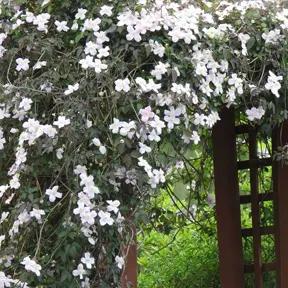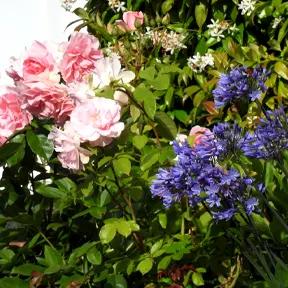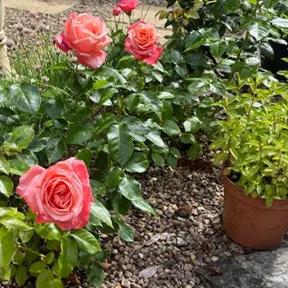Japanese Many Flowered Wisteria Plants
Wisteria floribunda
- Japanese Wisteria
- Large, deciduous healthy climber
- Superb mauve racemes of flowers
- Delicate perfume
- Fully hardy
- Loves warm, sunny spots
Recommended extras
Description
Wisteria Floribunda Multijuga
Wisteria floribunda Multijuga is a stunning climbing plant bearing extra long pea-like flowers, mauve with dark violet markings and delicate scent that appear just before the leaves in June.
It will climb to 28' and needs support as it does not self-cling. It requires fertile, moist, free-draining soil and a sunny site. It requires pruning twice a year to ensure good flowering, two months after flowering and in mid-winter.
It is reasonably healthy but needs nurturing for the first year after planting. It is fully hardy and will survive temperatures down to -15 degrees C.
Browse our variety of wisteria or see our full range of climbing plants.
Great for your garden:
Wisteria floribunda Multijuga is a magnificent climbing plant providing a fabulous show of exceptional scented flowers in June just as the leaves begin to emerge.
The flowers are mauve with violet markings and can reach up to 4' in length. As it needs sturdy support it is best grown on wires 12" apart against a sunny wall. It is also quite spectacular grown on a pergola when the long racemes can hang down to be admired from below. Due to its luxuriant growth it is best on its own as a specimen.
Wisteria floribunda macrobotrys characteristics.
- Large deciduous healthy climber
- Superb mauve racemes of flowers in June
- Will grow to an eventual height of 28' given time
- Lovely delicate sweet perfume
- Fully hardy
- Needs support
- Needs a warm sunny site
- Clockwise twining
- RHS Award of Garden Merit
Look out for:
Wisteria floribunda Multijuga is generally disease free although it can be prone, on occasions, to leaf spot and powdery mildew.
Watch for yellowing leaves and honeydew (sticky coating on leaves). If these are seen mealy-bugs may have infested the plant. Treat with a proprietary control.
All parts of the plant are poisonous and will cause severe stomach problems if ingested. It needs pruning twice a year. Two months after flowering the long shoots should be cut back to 5 or 6 buds from the stem and then, in mid-winter, it should be cut back again to 2 or 3 buds from the stem.
Trivia:
Wisteria floribunda Multijuga, or Japanese wisteria, was cultivated in Japan 2,000 years ago and is religiously symbolic particularly in Shin Buddhism when it represents humility and reflection. It arrived in the US from Japan in the 1830's and is now universally cultivated.
It has the distinction of having an entry in the Guinness Book of Records when the longest flower was measured and found to be 180cm.
Planting Instructions
How to grow Wisteria floribunda Multijuga:
Wisteria floribunda macrobotrys will need care while establishing.It will need a fertile, moist well-drained soil and a good root run. Plant in a hole substantially larger than the rootball and backfill with a multipurpose or suitable garden compost. Firm in well and water well.
Mulch around the roots and feed with a general purpose fertiliser in spring and summer. It will need the support of a pergola, pillar or vine eyes and wires when grown against a wall. The plant is vigorous with strong growth and so the support should be sufficiently sturdy.
It's Summer Planting Season 2025

Pot Grown & Plug Plants Delivered

Direct from the Nursery Value

No more broken plants in the post!
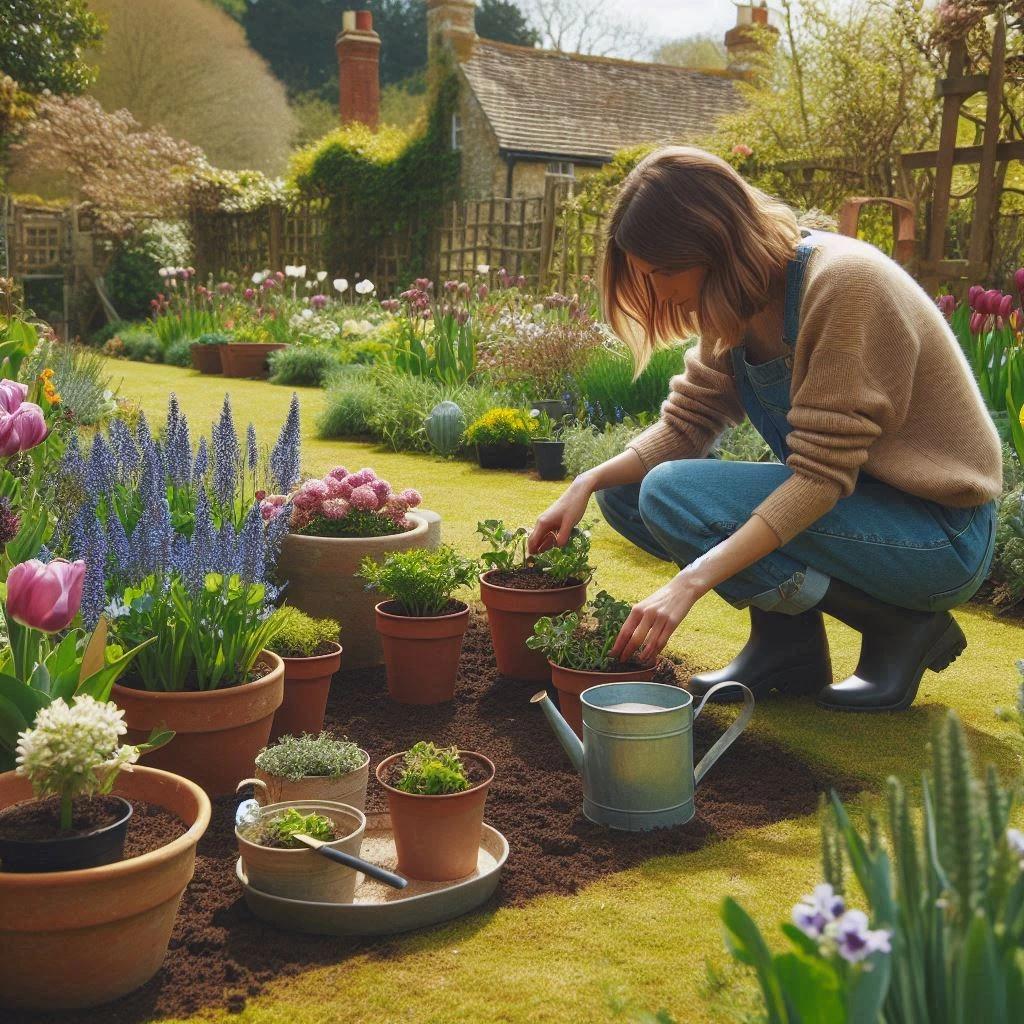

 1.webp)
 1.webp)
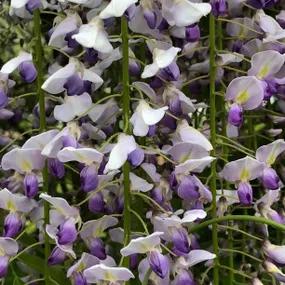
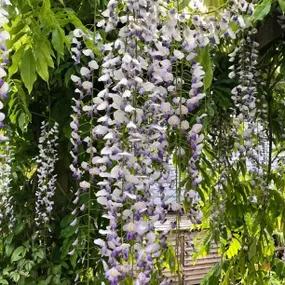

 2.webp)

